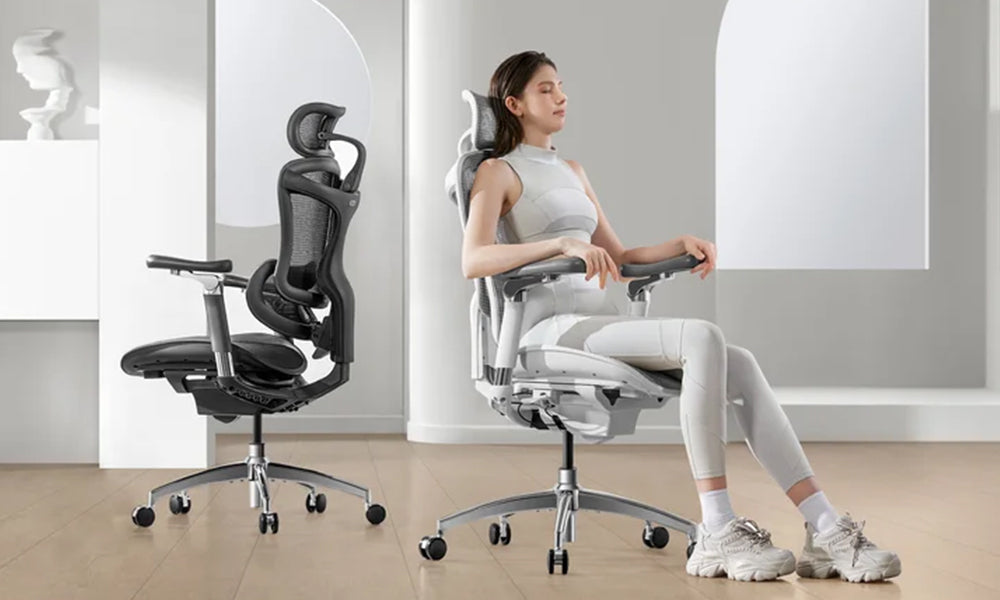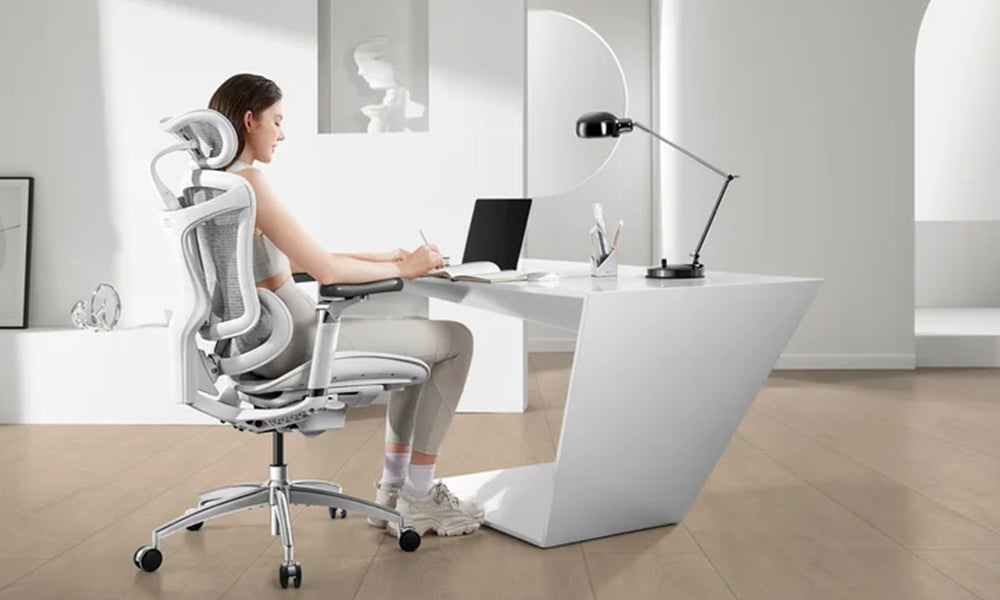Removing the piston (also known as the gas lift or gas cylinder) from an office chair is a common maintenance task, whether you're looking to replace a faulty part or simply upgrade to a better one. While it might seem daunting at first, with the right tools and a bit of patience, you can easily accomplish this task. In this guide, we'll walk you through the steps needed to safely and effectively remove the piston from your office chair.
Tools and Materials You'll Need
Before you begin, make sure you have the following tools and materials ready:
- A rubber mallet or hammer
- A pipe wrench or adjustable wrench
- A pair of work gloves
- A cloth or towel
- Lubricant (such as WD-40)
- A new gas cylinder (if you're replacing the old one)
Step-by-Step Guide
- Prepare Your Workspace
- Find a clean and spacious area where you can work comfortably. Place a towel or cloth on the floor to protect the chair and your floor from scratches or damage.
- Remove the Chair from the Base
- Turn your chair upside down so that the base (with the wheels) is facing up.
- Using your hands, firmly grip the base and gently pull it away from the seat. In most office chairs, the base is held in place by friction and can be removed with a bit of force. If it’s stuck, you might need to use a rubber mallet to tap around the center of the base where the gas cylinder is inserted. Be careful not to hit too hard to avoid damaging the chair.
- Detach the Gas Cylinder from the Base
- Once the base is removed, you'll see the gas cylinder attached to the base.
- Use a pipe wrench or adjustable wrench to grip the gas cylinder firmly. If the cylinder is particularly tight or rusted, apply some lubricant around the base of the cylinder and let it sit for a few minutes to loosen it up.
- Turn the wrench counterclockwise to unscrew the gas cylinder from the base. This might require some effort, so take your time and ensure you have a good grip to avoid slipping.
- Remove the Cylinder from the Chair Mechanism
- With the base detached, turn your attention to the bottom of the chair seat where the gas cylinder is attached to the chair mechanism.
- Use the pipe wrench or adjustable wrench to grip the gas cylinder close to the mechanism. Twist counterclockwise to unscrew it. If it’s difficult to turn, apply some lubricant and let it sit for a few minutes before trying again.
- Once it’s loose, you should be able to pull the cylinder out from the chair mechanism.
- Cleaning and Preparing for Reinstallation
- With the old gas cylinder removed, clean the chair mechanism and the base where the new cylinder will be installed. Remove any dust, debris, or old lubricant residue to ensure a smooth installation process.
- If you’re installing a new gas cylinder, check the manufacturer's instructions for any specific installation steps.
- Installing the New Gas Cylinder
- Insert the narrow end of the new gas cylinder into the chair mechanism. Push it in firmly to ensure it’s seated properly.
- Attach the base of the chair onto the wider end of the gas cylinder. Again, push firmly to ensure a snug fit.
- Turn the chair upright and sit on it to help the cylinder settle into place. Your weight will help secure the cylinder properly.
- Testing the Chair
- Test the chair’s height adjustment mechanism to ensure the new gas cylinder is working correctly. If everything feels stable and the height adjustment works smoothly, you’ve successfully replaced the gas cylinder.
- If you notice any issues, double-check the connections to ensure everything is seated properly and securely.
Tips and Troubleshooting
- Stuck Cylinder: If the gas cylinder is particularly stubborn and won’t come loose, try applying more lubricant and giving it more time to penetrate the stuck areas. You can also use a heat gun to gently warm the area, which can help loosen rusted or stuck parts.
- Safety First: Always wear work gloves to protect your hands from sharp edges or slipping tools. Use caution when applying force to avoid injury.
- Correct Tools: Using the right tools, such as a pipe wrench with good grip, can make a big difference in the ease of removing the gas cylinder.
Conclusion
Removing the piston from an office chair is a manageable task with the right approach and tools. Whether you're performing routine maintenance or replacing a faulty part, following these steps will help you complete the job efficiently and safely. By maintaining your office chair properly, you can extend its lifespan and ensure a comfortable seating experience for years to come.



